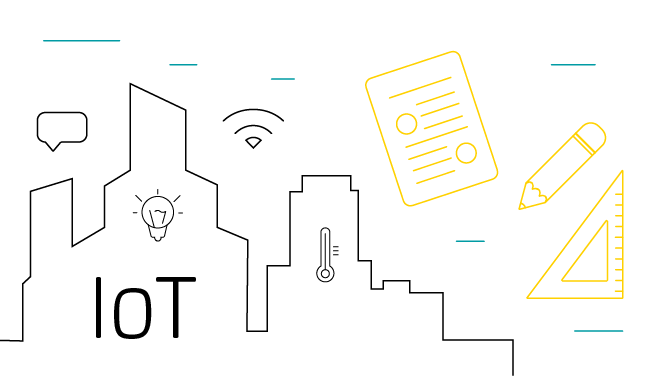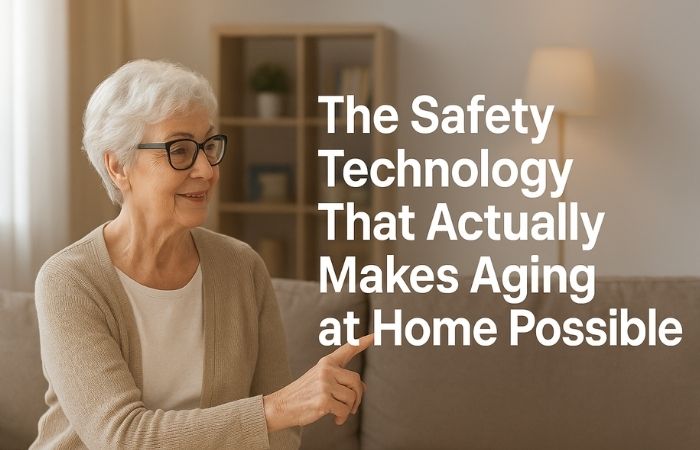The Internet of Things (IoT) is a powerful and complex concept and for it to work flawlessly, they need to be in a good structure. Now, this is where IoT architecture enters the stage for industrial IoT applications to succeed.
You can build IoT prototypes with different step-by-step and visual tools, to help you bring IoT into your business. Proper architecture is mandatory because the project developed can fail even before reaching the production stage. This can even allow your competitors to gain the upper hand in the market.
Yes, for the success of an enterprise mobile app development company, the proper architecture of IoT needs attention. Follow given below steps to build an IoT application with strong architecture.
Steps to build IoT applications with the correct architecture
Devise a data model
For any IoT application, a data model with user-generated data, data from the devices, and data from outside systems will be there. This will support the use cases for which it gets designed.
All this data needs modeling in the design phase. For enterprise IoT systems, it is best to store the data as a graph-based time series.
Design according to the user
Many IoT applications are for users who may not be an employee of the maker of the system. The user interface can be a mobile application trends will impress your customer. It can be also consumed through another application as a data-driven interface. Some common elements like authentication, type of user, and what the applications intended purpose needs to be first considered.
Have trusted communication
The complete industrial IoT systems depend on the foundation of trust. For a device to validate the servers, it is best to use TLS. The protocols like MQTT and HTTP support TLS. In some scenarios, the servers start to initiate communication with the device. this is where challenges get used. You see, challenges are a way to verify the communication partner with a high degree of confidence. With this, the servers can detect if the device is corrupted with malware or some is spoofing a device.
Understand the intricacy of identity
In IoT systems, identity is a fluid concept. The notions of identity can vary based on your frame of reference. Also, different sub-type can change which can cause ripples throughout the system.
Since identities change with time, it can make matters more complicated. That is why it is good to have an identity mapping in the project as early as possible. This will allow both the manufacturing team and the enterprise to be aware of any changes that occur in the identity.
Representation of time
There are multiple notions of time for each data point in the IoT system. The event time or ‘actualized at’ time is the value when the physical event occurred. On the other hand, the server time or ‘created at’ time is when the IoT system got the physical event.
In a sense, many events happen with no accurate access to a reference clock. The recommended practice to representing time is in ISO8601 format. This is the value from the point the system first handled the event with the help of a reference clock. If possible, the time zone offset of the event is also saved.
Make use of cached data
Cached data is like a buffer of events that you can request and report at a later time. This is a great technique for devices that often go in and come out of coverage areas. This practice is good for wifi devices because even if the connection gets disrupted, the data remains intact.
An undertaking’s IoT activity is just on a par with its capacity to tackle the estimation of the information caught from its IoT gadgets progressively. Associations will require an IoT information the executives answer for see genuine ROI with their IoT activities. The initial step to making sure about a modern IoT network is to get permeability. You have to comprehend what gadgets are on the organization, what they are conveying, and where those interchanges are going. Nonetheless, conventional mechanical control networks weren’t worked to give these bits of knowledge.
Conclusion
But different preceding technology upheavals, IoT is a worldwide revolution starting from the first day. Children rising up in India nowadays are going to be a share of the IoT at a similar time as their aristocracies in better-off, much industrialized countries. No matter what type of industrial IoT application is made, a good architecture will make a huge difference in the long run.




